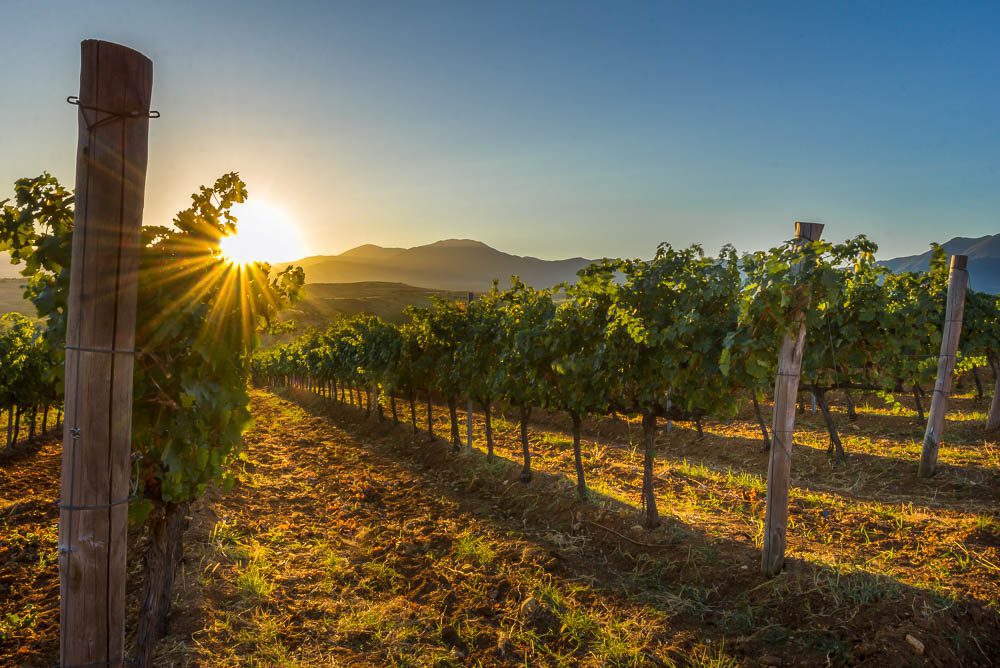New products
Showing 1–30 of 43 results
Showing 1–30 of 43 results

Bulgaria’s Thracian Valley is one of the oldest winemaking regions in the world. Archaeological evidence suggests that wine was made here 7,000 years ago by the Thracians who honoured the god of wine, Dionysus, and consumed wine undiluted, unlike the ancient Greeks.Throughout history, wine has had huge impact on the formation of Bulgaria’s cultural identity. Still, much of the production has been limited to local consumption. This changed during the communist era in the 20th century, when wine production in the Thracian Valley increased dramatically. In the 1960s and 1970s, wine became synonymous with Bulgaria’s significance in the Eastern Bloc. Production proliferated for foreign exports – often beyond the bloc – and to supply the growing tourist industry. The fall of communism led to abandonment. Cooperatives were broken up and little was done to manage the transition. The vineyards were redistributed to their previous owners or their successors, but many of them had little or no interest in agriculture.But it also paved the way for a new wave of winemaking, where quality rather than quantity would start to drive production. Some of the old vineyards planted during communism, now aged 50 or older, have since been recultivated. Many are homes to exceptional examples made from traditional grapes like Cabernet Sauvignon and indigenous varieties like Mavrud.The untapped winemaking potential of Bulgaria’s Thracian Valley has lured foreign investors.he Thracian Valley borders Struma Valley on the west and the southern part of the Black Sea region on the east. With its moderate continental climate, the region accommodates a variety of styles. The climate and the soils provide the perfect environment for the production of age-worthy red wines, delivering richness and density. However, thanks to the diversity of the region, some producers deliver outstanding examples of elegant white wines, pét-nat and traditional method sparkling wine.